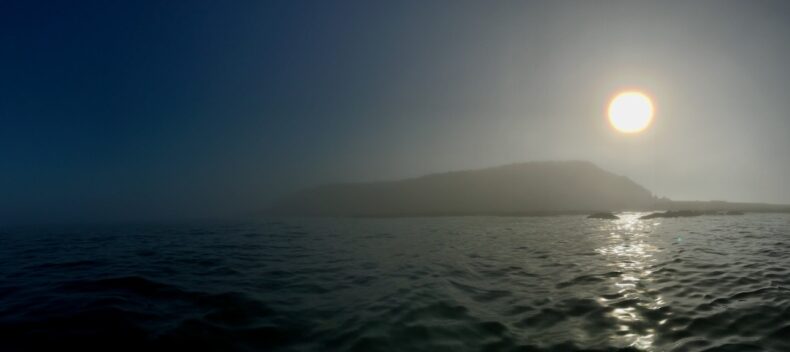
Abstract
Many years ago, some birds started breeding on an island. Several thousand of them still do. The world changes around them, but their basic needs have stayed the same. Will they be on the island much longer? We don’t know. We hope so. The signs are ambiguous.
Keywords: Seabirds, oceans, uncertainty
Introduction
A good introduction is a funnel. A funnel takes an otherwise unruly amount of material and feeds it through a small opening. It is a tool not so much of order as of constraint. Here, the unruly amount of material is the ecological state of the world. But we constrained ourselves to the changing nature of the ocean, and how that change affects some of the things that depend on it. That is a topic we can reasonably wrap our heads around, given the areas of our expertise.
We focused on birds. (We happen to like birds.) One species in particular, in one particular place. We have been watching this bird in this place for a while. During that time the ocean went through an especially severe change that lasted a few years. Thousands and thousands of animals died—not just birds, and not just here. (We are still determining the extent of the loss.) Then conditions returned more or less to “normal.” Whatever that means anymore.
We wanted to know how the birds we watched fared. More broadly, we want to know how they will survive in this world we’re making for them. But we can’t phrase our research question quite that way, so we will say something like: Given such-and-such marine states that we believe we can measure with some degree of accuracy, what did the birds do? How many laid an egg in a burrow, how many chicks hatched from those eggs, how many of those chicks survived to set off on their own?
To refine our thinking we reviewed the literature. It was often contradictory. We are left with our simple questions. Some of the answers were easier to come by than others. Here we report a few of the former.
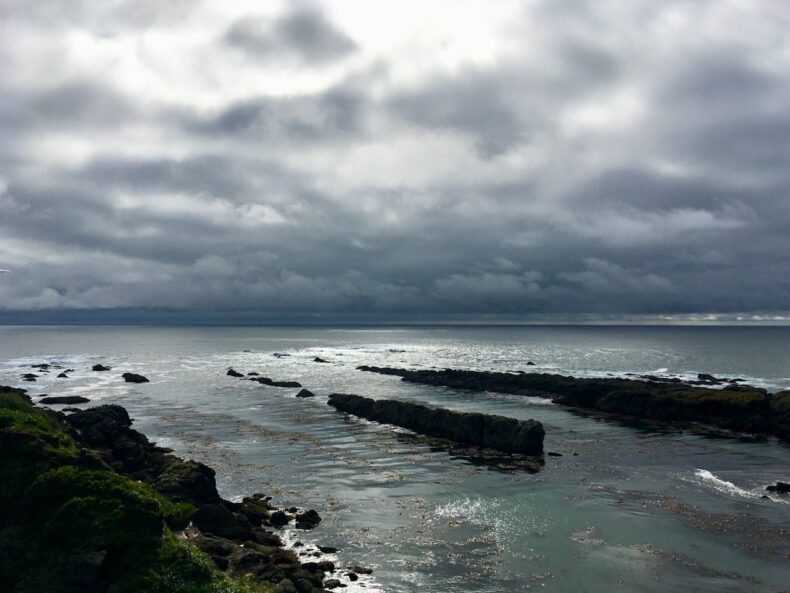
Methods
We took a boat to the island. We set up tents on a small, sheltered beach. We readied our equipment and set out, clambering among the windswept trees, poking and prodding the birds and taking data in simple alphanumeric codes. In the evening we sat on exposed perches, bundled up against the wind, and gazed out at the sea and the setting sun and counted birds as they flew to the island for the night. We went to bed late. We woke early. We did this for ten summers.
Then we crunched the numbers. In the old days this was a simpler task, but we are now in the midst of a statistical renaissance. To be honest, I don’t always understand what exactly the numbers are saying. Maybe that is the point. “Essentially, all models are wrong,” the statistician George Box has written, “but some models are useful.” I thought of that while interpreting outputs. (In darker moments I also thought, Garbage in, garbage out.) I wondered where the boundary sits between what I saw with my own eyes—a bird, the hole in which it lives for a couple of months, the egg on which it sits, the sea that surrounds us both—and the necessary abstractions that let us draw our provisional conclusions. Sometimes it seems absurd to distill the island in such a way. I feel like we are dealing with completely different worlds. But this is the industry standard.
All analyses were done using R version 4.2.2 (“Innocent and Trusting”).
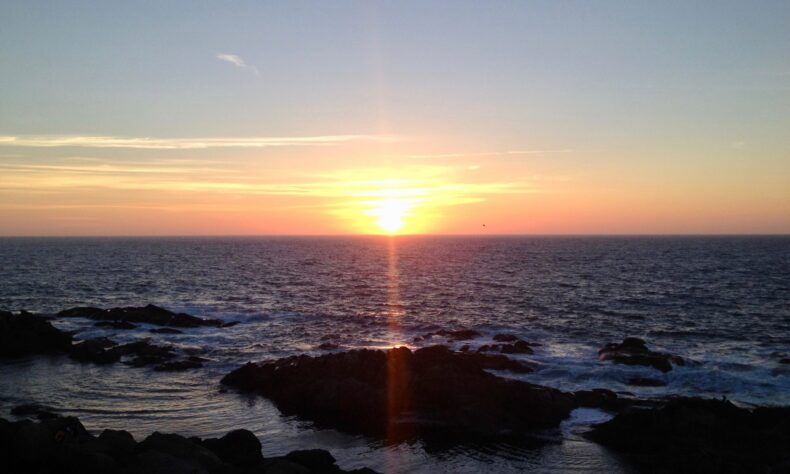
Results
According to the models, in these years the ocean was like this; in those years, the ocean was like that. Similarly, in these years the birds did this; in those years the birds did that. Sometimes the these-s and those-s and this-s and that-s lined up pretty well. Sometimes they did not. Ever thus.
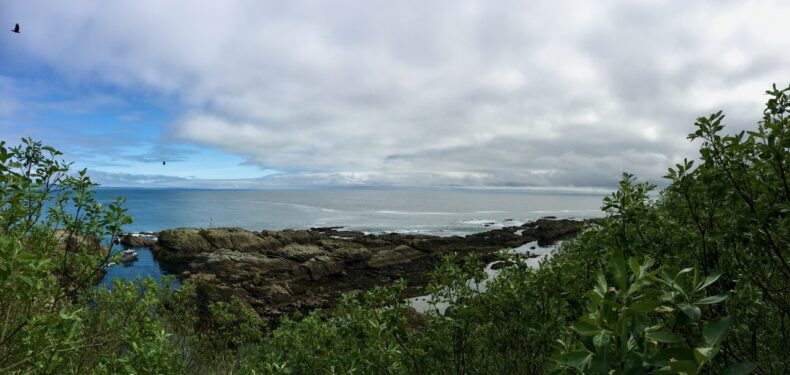
Discussion
People have been watching the world forever. Some of those people have been watching the world in a certain way—watching birds that are the same or similar to the ones we watched, conceiving of their environment in the ways we conceived of it in this paper. Here is how our results compare to theirs.
I will not claim our findings are broadly applicable. We have done our part to ensure that the literature will remain contradictory.
Of course there are caveats. If we had to do it over again, here are some things we would have done differently. Here are a few mistakes we made that we won’t call mistakes. Forgive us our unmeasured variables. Everyone knows ecology is messy.
We hope our wrongness has been useful.
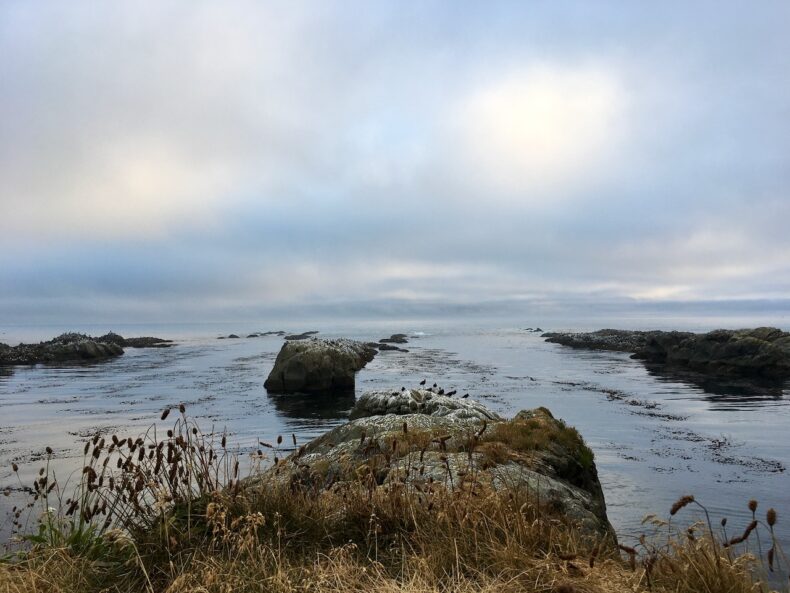
Conclusions
Surely you jest. Don’t come to me for any grand theories. I can barely understand what is happening right in front of my eyes. But I will say, I expected the models to show that the birds fared poorly. Instead, this one species in this one place seems to be surprisingly resilient in the face of even the most severe climatic upheavals. Is it wise to pin our hopes to this bird when declines are so widespread? Such considerations are outside the purview of this study; that is a question for another paper (In prep). Right now we will take what we can get. Which is: Maybe these birds know more about their world than we do. Maybe they are hardier than we thought. Maybe there is still time.
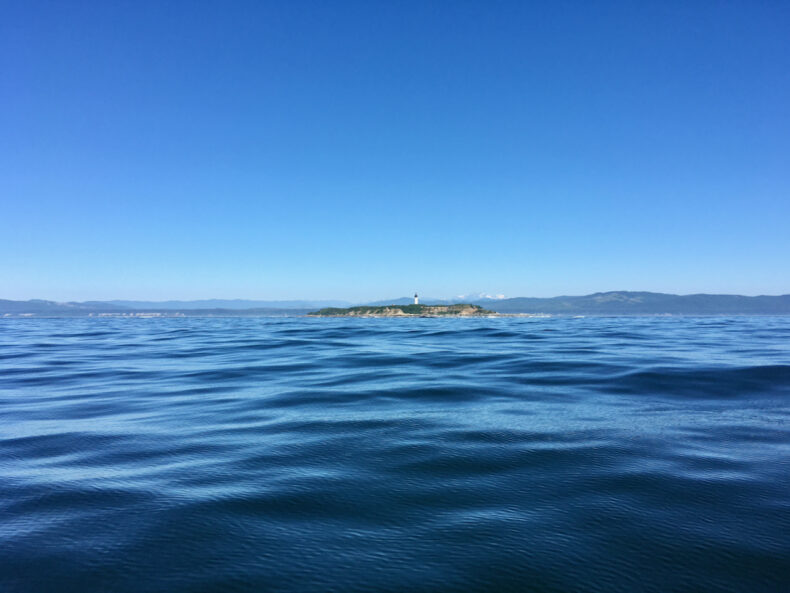
Terrific piece of writing. So powerful
Oh wow! I love this. It absolutely pulls at my heartstrings. Thank you.
Climate change is real. Life is resilient. Evolving is adapting. Can we say exactly what will happen to this and that and us? Thank you for a wonderful piece, Eric!
Thanks, Spencer and Lisa and Bill! Really glad you enjoyed the piece. As it happens, the paper on which this is based goes out into the world next week, and it felt good to let loose a little about how I really feel about the whole enterprise.